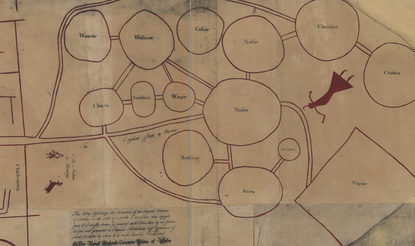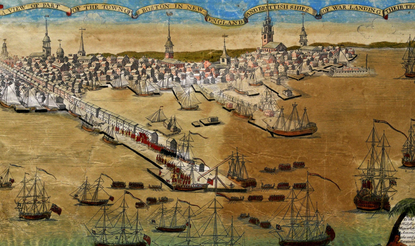Begin your journey through US history by exploring primary sources, essays, and videos, organized by time period. Take practice multiple-choice questions and learn strategies that will help you improve your score.
Image: World War II recruiting poster created by the US Office of War Information: Americans Will Always Fight for Liberty, Washington DC: US Government Printing Office, 1943 (The Gilder Lehrman Institute, GLC09520.37)













